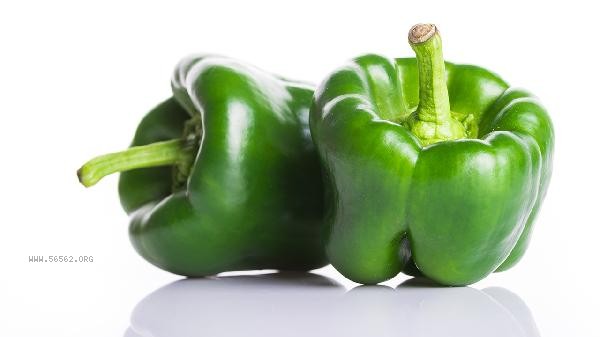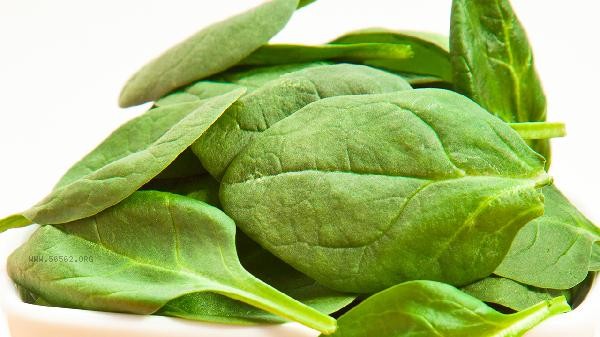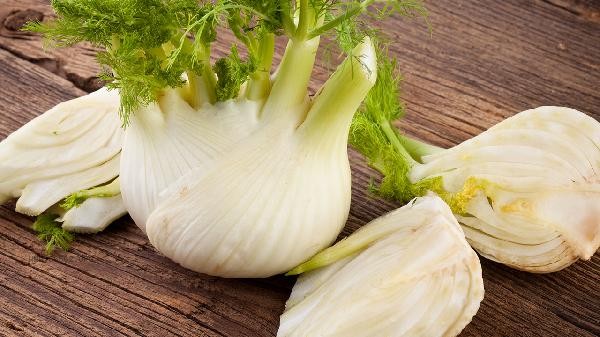Kale is a nutritious cruciferous vegetable belonging to the cabbage variety, mainly including rolled leaf, wrinkled leaf, and collard leaf types.

1. Nutritional Value
Kale is rich in vitamin C, vitamin K, vitamin A, and folate, with high levels of minerals such as calcium, potassium, and iron. It also contains a large amount of dietary fiber and antioxidants such as glucosinolates. Its vitamin C content exceeds that of regular cabbage, and its calcium absorption rate is better than milk, making it suitable for vegetarians to supplement minerals.
II. Edible characteristics
The leaves have a tough texture, the central tender leaves can be eaten raw, and the outer aged leaves are suitable for stewing. The slightly bitter and sweet flavor comes from glucosinolates, and blanching can alleviate the bitterness. After freezing, the taste is sweeter and suitable for making salads, smoothies, or low-temperature baked vegetable crisps.
III. Cultivation Characteristics
Strong cold resistance, increased sweetness after frost, suitable for autumn and winter planting. The plant unfolds in a lotus seat shape, with colorful ornamental varieties and dark green as the main edible variety. The growth cycle is about 60-90 days, and the outer leaves can be harvested multiple times to extend the harvest period.

4. Health Benefits
The sulforaphane contained in SEP has potential anti-cancer properties, vitamin K is beneficial for bone health, and dietary fiber can promote intestinal peristalsis. Its antioxidant components can help eliminate free radicals, but individuals with thyroid dysfunction need to control their food intake.
V. Selection and Storage
Choose plants with crisp leaves and no yellow spots, and fresh stem cuts. refrigerated storage requires wrapping with wet paper towels, which can keep the product fresh for 5-7 days. Blanching water before freezing can maintain color, and processing into powder can preserve nutrients for a long time. Kale, as a representative of superfoods, is recommended to be consumed 2-3 times a week and cooked with oil to aid in the absorption of fat soluble vitamins. First time consumers can start adapting to its flavor from small portions, and those with gastrointestinal sensitivity should heat it thoroughly before consumption. Choosing organic cultivation varieties during planting can reduce the risk of pesticide residues, and home potted planting should ensure at least 6 hours of light per day.









Comments (0)
Leave a Comment
No comments yet
Be the first to share your thoughts!